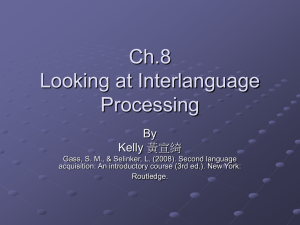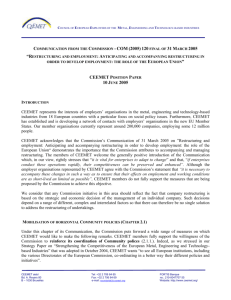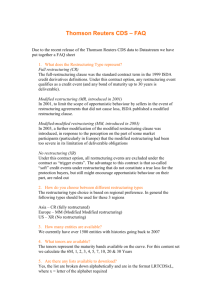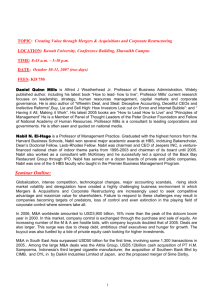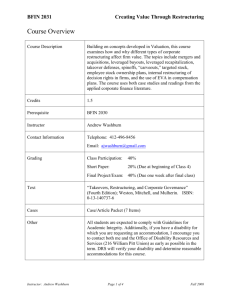Abstract
advertisement
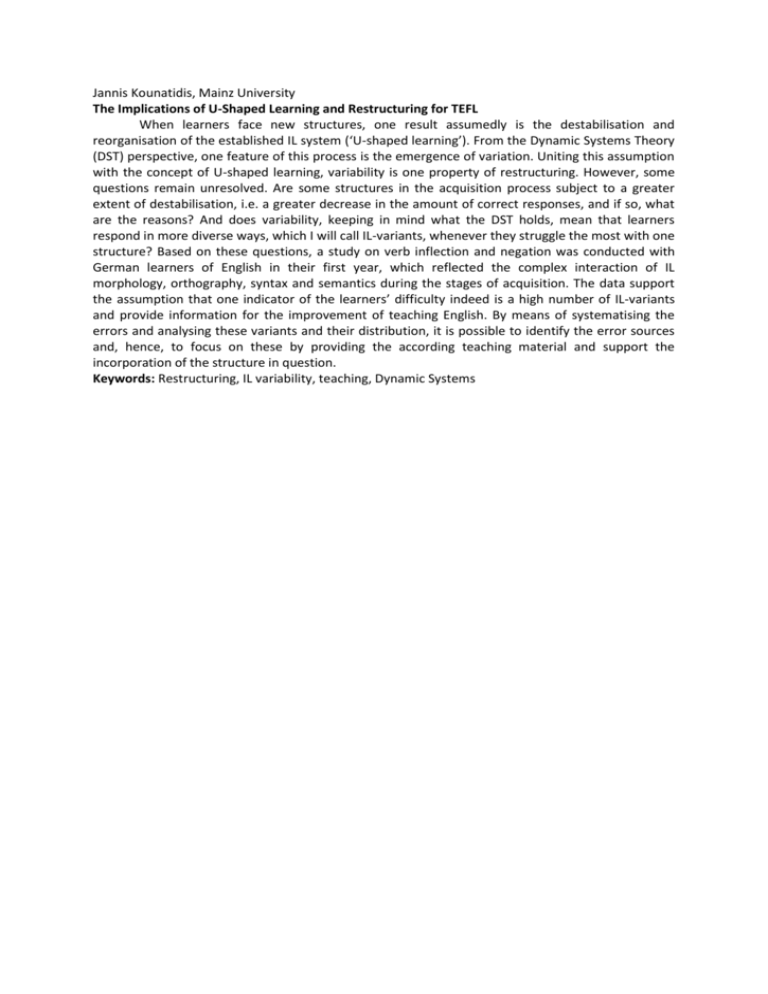
Jannis Kounatidis, Mainz University The Implications of U-Shaped Learning and Restructuring for TEFL When learners face new structures, one result assumedly is the destabilisation and reorganisation of the established IL system (‘U-shaped learning’). From the Dynamic Systems Theory (DST) perspective, one feature of this process is the emergence of variation. Uniting this assumption with the concept of U-shaped learning, variability is one property of restructuring. However, some questions remain unresolved. Are some structures in the acquisition process subject to a greater extent of destabilisation, i.e. a greater decrease in the amount of correct responses, and if so, what are the reasons? And does variability, keeping in mind what the DST holds, mean that learners respond in more diverse ways, which I will call IL-variants, whenever they struggle the most with one structure? Based on these questions, a study on verb inflection and negation was conducted with German learners of English in their first year, which reflected the complex interaction of IL morphology, orthography, syntax and semantics during the stages of acquisition. The data support the assumption that one indicator of the learners’ difficulty indeed is a high number of IL-variants and provide information for the improvement of teaching English. By means of systematising the errors and analysing these variants and their distribution, it is possible to identify the error sources and, hence, to focus on these by providing the according teaching material and support the incorporation of the structure in question. Keywords: Restructuring, IL variability, teaching, Dynamic Systems

